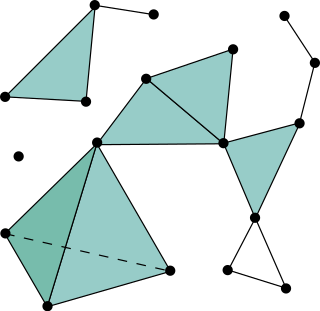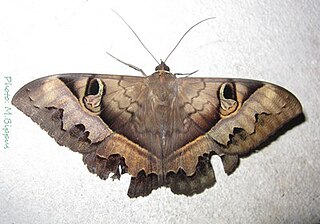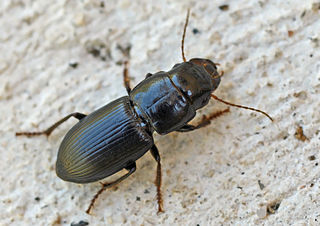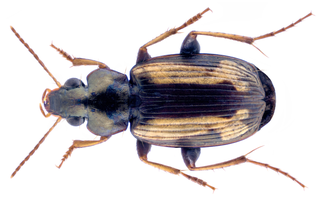
In geometry, a simplex is a generalization of the notion of a triangle or tetrahedron to arbitrary dimensions. The simplex is so-named because it represents the simplest possible polytope in any given dimension. For example,

In mathematics, a simplicial complex is a set composed of points, line segments, triangles, and their n-dimensional counterparts. Simplicial complexes should not be confused with the more abstract notion of a simplicial set appearing in modern simplicial homotopy theory. The purely combinatorial counterpart to a simplicial complex is an abstract simplicial complex. To distinguish a simplicial complex from an abstract simplicial complex, the former is often called a geometric simplicial complex.
In mathematical optimization, Dantzig's simplex algorithm is a popular algorithm for linear programming.

Princess Viktoria of Prussia was the second daughter of Frederick III, German Emperor and his wife Victoria, Princess Royal, eldest daughter of Queen Victoria. Born a member of the Prussian royal house of Hohenzollern, she became Princess Adolf of Schaumburg-Lippe following her first marriage in 1890.

Herpes simplex virus1 and 2, also known by their taxonomical names Human alphaherpesvirus 1 and Human alphaherpesvirus 2, are two members of the human Herpesviridae family, a set of viruses that produce viral infections in the majority of humans. Both HSV-1 and HSV-2 are very common and contagious. They can be spread when an infected person begins shedding the virus.

Epidermolysis bullosa simplex (EBS) is a disorder resulting from mutations in the genes encoding keratin 5 or keratin 14.

Herpes simplex is a viral infection caused by the herpes simplex virus. Infections are categorized based on the part of the body infected.

A cold sore, also known as a fever blister and herpes labialis, is a type of infection by the herpes simplex virus that affects primarily the lip. Symptoms typically include a burning pain followed by small blisters or sores. The first attack may also be accompanied by fever, sore throat, and enlarged lymph nodes. The rash usually heals within ten days, but the virus remains dormant in the trigeminal ganglion. The virus may periodically reactivate to create another outbreak of sores in the mouth or lip.

Cyligramma is a genus of moths of the family Noctuidae.

Cymindis is a genus of ground beetle native to the Palearctic, the Near East, and North Africa. It contains the following species:

Acinopus is a genus of beetles in the family Carabidae, containing the following species:

Tetragonoderus is a genus of beetles in the family Carabidae, containing the following species:
Cymindis elegans is a ground beetle species in the genus Cymindis, in the subfamily Lebiinae and tribe Lebiini. It is found in Virginia in the United States.
Cymindis accentifera is a species of ground beetle in the subfamily Harpalinae. It was described by Zoubkoff in 1833.
Cymindis altaica is a species of ground beetle in the subfamily Harpalinae. It was described by Gebler in 1833.
Cymindis cribricollis is a species of ground beetle in the subfamily Harpalinae. It was described by Pierre François Marie Auguste Dejean in 1831.

Graduale simplex is a gradual in Latin and in Gregorian chant, published by the Vatican in 1967 following the Second Vatican Council, so that the use of Gregorian chant can adapt to smaller parishes and churches or to those who lack experienced choirs.

Blaps is a genus of darkling beetles in the family Tenebrionidae. There are more than 30 described species in Blaps, the genus being most commonly found in Eurasia and Australia, with occasional sightings elsewhere in the world.
Acinopus striolatus is a species of ground beetle in the subfamily Harpalinae and the only species in the subgenus Acinopus (Haplacinopus).











